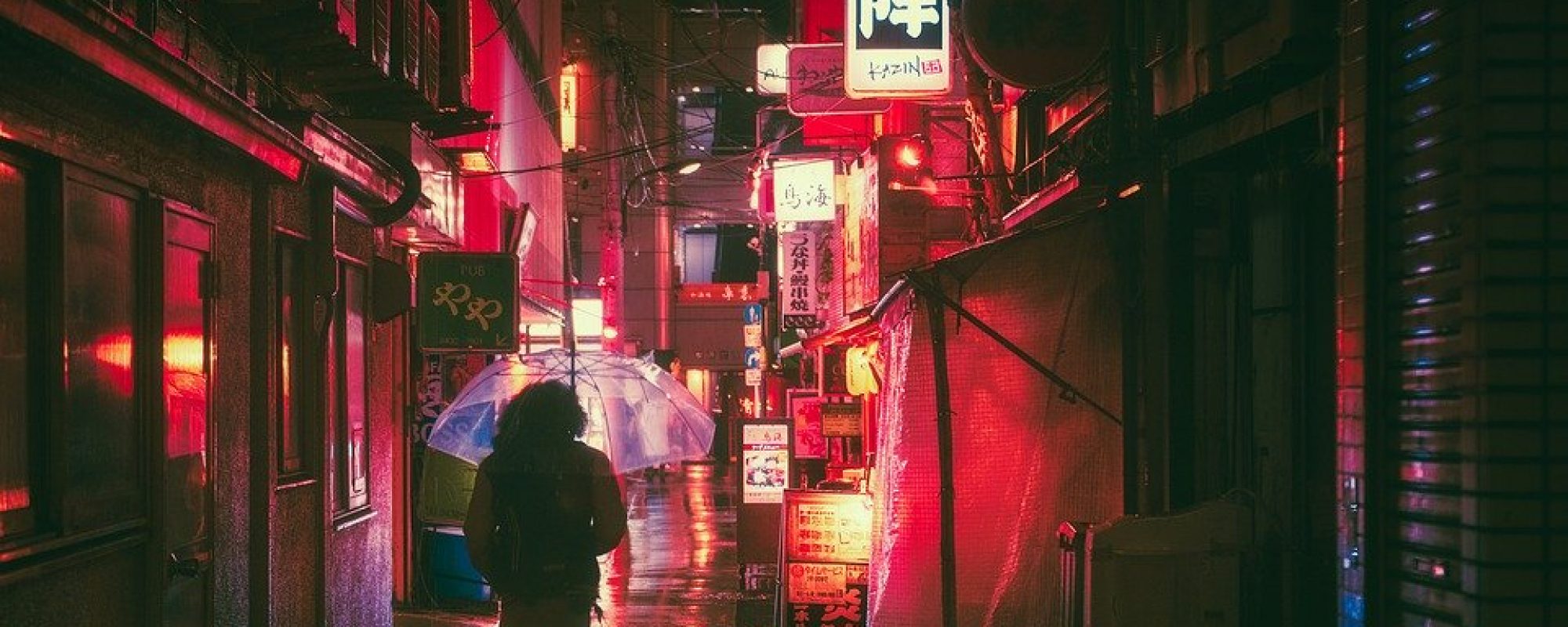A gorgeously hand-drawn, high-energy adventure”
New films from Academy Award-nominated director Hiromasa Yonebayashi always bring with them a lengthy tracery of connections running deep into the house of modern Japanese animation, Studio Ghibli. He was the animator for such Miyazaki-directed classics as Spirited Away, Howl’s Moving Castle and Ponyo. He also directed The Secret World of Arrietty and one of Ghibli’s final films, When Marnie Was There.
When, in 2014, Studio Ghibli decided to stop production and reevaluate its future in the world of animation, talented alumni such as Yonebayashi and Yoshiaki Nishimura struck out on their own and founded Studio Ponoc. We are relieved and happy to report that Yonebayashi and Nishimura have managed a seamless transition from the Ghibli house in terms of quality, visual style and storytelling sensibility with their first production, 2017’s Mary and the Witch’s Flower.
The film is based on Mary Stewart’s 1971 classic children’s book The Little Broomstick, and it is interesting to note that both of Yonebayashi’s other films took British young adult literature as their sources: Arrietty is based on Mary Norton’s 1952 novel The Borrowers and Marnie on Joan G. Robinson’s 1967 book of the same name. With Mary, Yonebayashi again visits the alien and exotic world of pastoral England in the middle of the last century where we meet a determined young ginger girl living an isolated life in the countryside, watched over by her kindly great-aunt Charlotte. One day, sick with boredom, Mary follows a mysterious cat into the nearby forest, where she discovers an old broomstick and the strange Fly-by-Night flower, a rare plant that blossoms only once every seven years and can grant magical powers. Together the flower and the broomstick whisk Mary above the clouds, and far away to the Hogwartian Endor College—a school of magic run by headmistress Madam Mumblechook. Mary is fascinated and presents herself as a new student. A quick study, and possessing the flaming red hair of the most talented witches, Mary is seen as a gifted prodigy until she is exposed as a pretender and a trespasser. She is then locked up and must find her way home before her magic runs out.
With Mary, one could argue that Ponoc, perhaps suffering from opening-night jitters, sticks a little too closely to the Ghibli model. Mary is a vintage Miyazaki heroine: spunky, high-spirited and desperately bored. Her flying broom is a direct lift from Kiki’s Delivery Service and the film’s meticulously rendered animation delivers the sumptuous colour and the kinetic fluidity of Yonebayashi’s Ghibli work. But why quibble? These are exactly the qualities that audiences feared might be lost with the closing of Ghibli. So Mary is something to celebrate: a gorgeously hand-drawn, high-energy adventure that will entertain both children and their parents.
We look forward to Yonebayashi’s next visit to the English countryside. It would be lovely to see Brambly Hedge, Toad Hall or Burnett’s Secret Garden through his lovingly polished Japanese lens.

